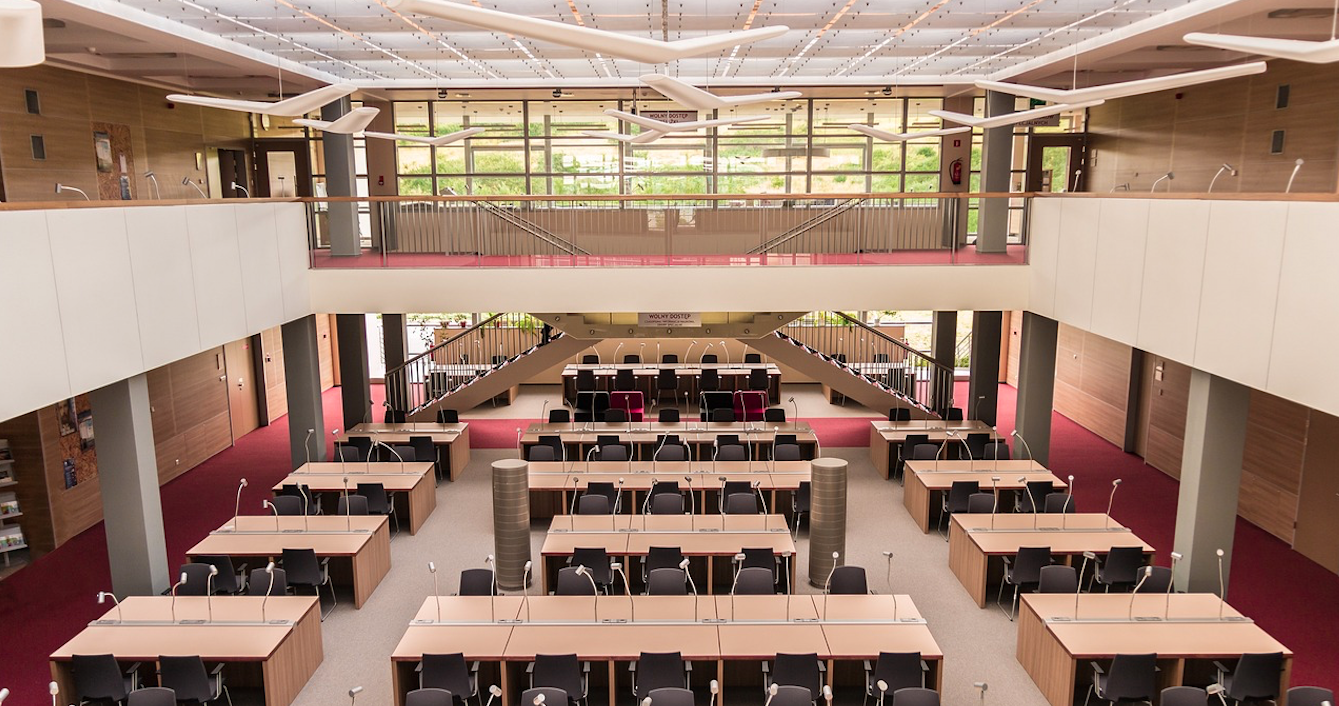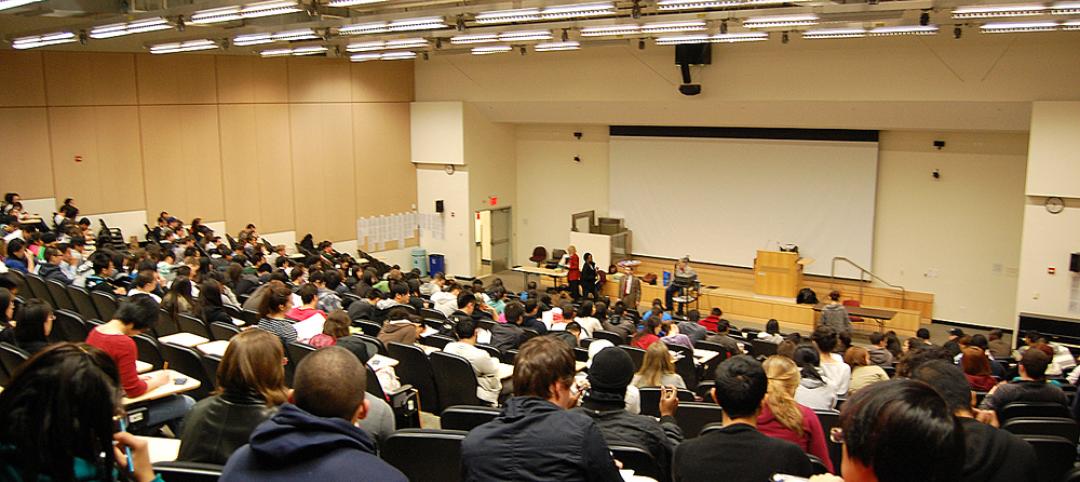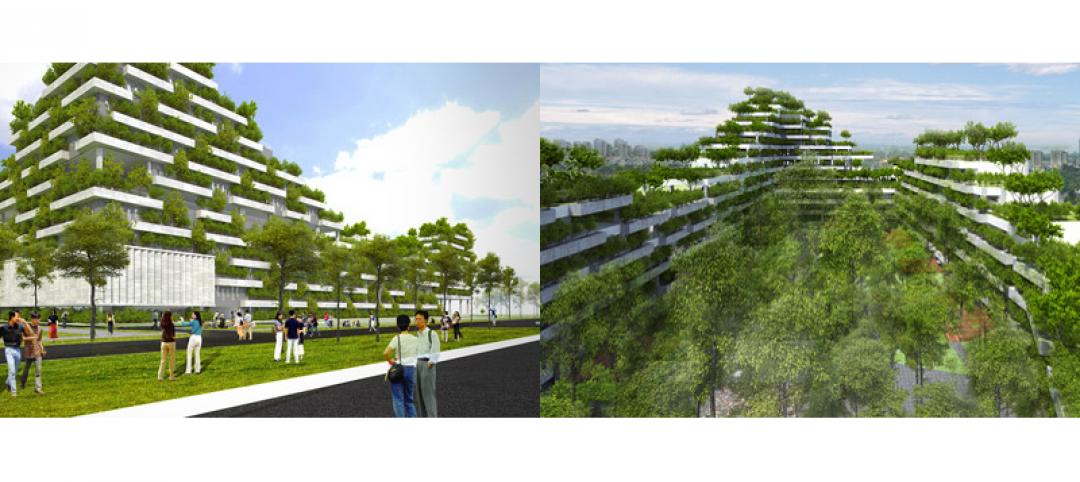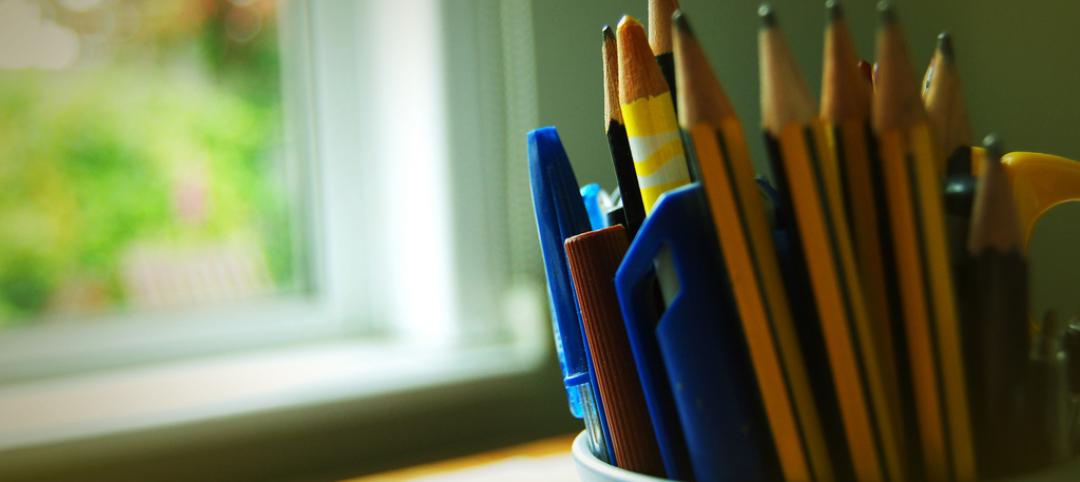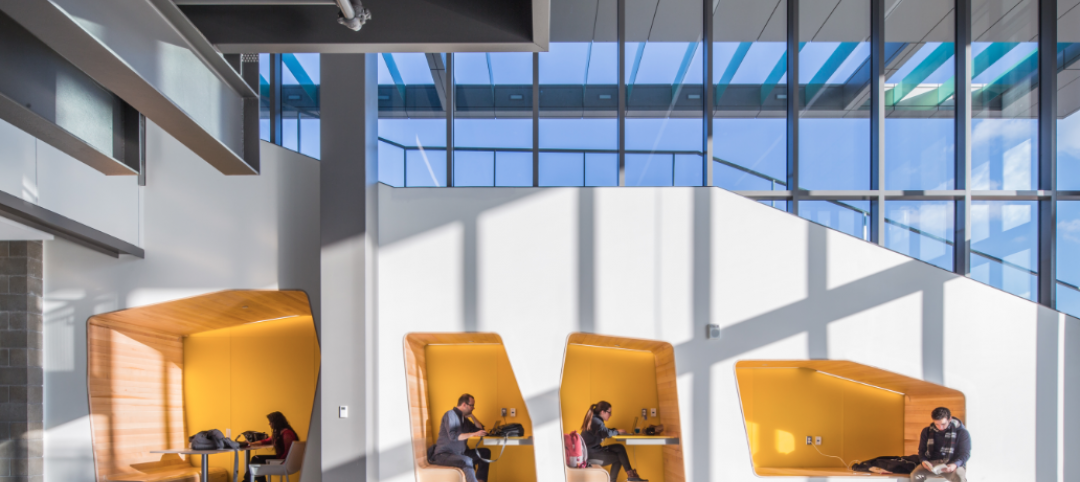Many North American colleges and universities are pursuing a high-risk strategy to build new campus facilities as a way to reverse lagging student enrollment, according to a new report from Sightlines, a Gordian company and a facilities intelligence and analysis firm focused on higher education institutions.
The 2017 State of Facilities in Higher Education report from Sightlines found that, overall, there was more than 10% growth in campus space from 2007-2016 (the most recent period for which data is available), eclipsing enrollment growth of just 8% for the same 10-year period. This is the fourth consecutive year Sightlines has documented a trend of space growth outpacing enrollment growth on North American college campuses.
“In light of the facilities management challenges facing higher education institutions—notably large segments of aging building stock and flattening if not declining enrollment trends—it’s extraordinary to see that many higher education decision-makers are choosing to add new buildings to their campuses,” said Mark Schiff, President of Sightlines. “While our research indicates that institutions are taking steps to invest more strategically in facilities resources, the vast majority continue to underestimate the renewal needs of deteriorating spaces while pushing high-risk investments into new facilities.”
The gap between space growth and enrollment growth is even more pronounced for master’s and baccalaureate institutions. Master’s institutions saw an average enrollment growth of less than 4% from 2007-2016, but a stunning growth rate in campus space of more than 12% over that same time period.
‘While our research indicates that institutions are taking steps to invest more strategically in facilities resources, the vast majority continue to underestimate the renewal needs of deteriorating spaces while pushing high-risk investments into new facilities.’
— Mark Schiff, Sightlines
Baccalaureate institutions have experienced minimal enrollment growth since 2007 but still averaged a 6% growth in campus space over the past decade. The only exception was research universities, where 14% enrollment growth from 2007-2016 exceeded an average of 11% growth in campus space for the same period.
Sightlines’ fifth annual report includes data from 366 higher education institutions in the U.S. and Canada, with a collective enrollment of 3.1 million students and 1.5 billion total square feet of campus space, including more than 52,000 buildings. Approximately 40% of the institutions in the study were private and 60% were public.
Other highlights in the 2017 report included the following:
• Campus facilities operations budgets have failed to keep up with inflation, creating stress on service levels. The report found that average campus facilities operating budgets rose from $5.51 in 2007 to $5.94 in 2016, a nearly 8% increase; the CPI-U as reported by the federal government over that time has grown nearly 15.5%, almost twice as much.
• A huge wave of campus facilities construction in the 1960s, which accommodated the surge in Baby Boomers, is reaching the end of its usefulness in the next decade, creating significant stress on institutions as to what to do with those buildings. This wave of aging buildings now represents 40% of the space on campuses.
• Another large wave of campus facilities construction in the 1990s-2000s will require massive maintenance outlays in the next decade, presenting a significant capital demand on institutions. This wave of further enrollment growth and expanding program demands represents another 30% of campus space.
• Many institutions are recognizing the expanding need for facilities maintenance resources and, since the downturn of 2008-09, have been increasing maintenance budgets to tackle the challenge. In fact, even in the face of tremendous space growth to match enrollment growth, facilities funding at research institutions is up 14%. While overall facilities funding levels are down from the 2007-2009 window where resources often effectively met need, funding at baccalaureate and master’s institutions has in recent years been on the rise.
• Oddly, institutions don’t extend this maintenance expansion trend to their landscape programs. In spite of the fact that landscaping is a relatively inexpensive place to invest operating dollars, grounds coverage areas have actually decreased 3-4% over the past decade.
“Given the demands of managing more space with fewer resources and at greater impact to the institution’s overall recruitment and retention goals, successful facilities departments are being pushed to develop creative responses to these challenges,” said Schiff. “Every campus we see developing effective solutions has in place programs to analyze objective data and utilize comparative metrics to track performance, communicate accomplishments and articulate needs to the community or leadership.”
Related Stories
University Buildings | Oct 16, 2015
Competency-based learning: A glimpse into the future of higher education?
For better or worse, the higher education experience for many young Millennials and Gen Zers will not resemble the four-year, life-altering experience that we enjoyed—it’s just too costly.
University Buildings | Sep 21, 2015
Vietnamese university to turn campus into ‘terraced forest’
Pockets of plantings will be dispersed throughout the staggered floors of the building, framing the expansive courtyard at its center.
University Buildings | Sep 21, 2015
6 lessons in campus planning
For campus planning, focus typically falls on repairing the bricks and mortar without consideration of program priorities. Gensler's Pamela Delphenich offers helpful tips and advice.
Mixed-Use | Aug 26, 2015
Innovation districts + tech clusters: How the ‘open innovation’ era is revitalizing urban cores
In the race for highly coveted tech companies and startups, cities, institutions, and developers are teaming to form innovation hot pockets.
University Buildings | Aug 13, 2015
Best of Education Design: 9 projects named AIA Education Facility Design Award winners
Georgia Tech's Clough Commons, Boston's Berklee Tower, and seven other facilities were honored for aiding learning and demonstrating excellent architectural design.
Giants 400 | Aug 7, 2015
UNIVERSITY SECTOR GIANTS: Collaboration, creativity, technology—hallmarks of today’s campus facilities
At a time when competition for the cream of the student/faculty crop is intensifying, colleges and universities must recognize that students and parents are coming to expect an education environment that foments collaboration, according to BD+C's 2015 Giants 300 report.
Contractors | Jul 29, 2015
Consensus Construction Forecast: Double-digit growth expected for commercial sector in 2015, 2016
Despite the adverse weather conditions that curtailed design and construction activity in the first quarter of the year, the overall construction market has performed extremely well to date, according to AIA's latest Consensus Construction Forecast.
University Buildings | Jul 28, 2015
OMA designs terraced sports center for UK's Brighton College
Designs for what will be the biggest construction project in the school’s 170-year history feature a rectangular building at the edge of the school’s playing field. A running track is planned for the building’s roof, while sports facilities will be kept underneath.
University Buildings | Jul 21, 2015
Maker spaces: Designing places to test, break, and rebuild
Gensler's Kenneth Fisher and Keller Roughton highlight recent maker space projects at MIT and the University of Nebraska that provide just the right mix of equipment, tools, spaces, and disciplines to spark innovation.
University Buildings | Jul 2, 2015
Design for new pavilion in Toronto includes a ‘peel-away’ façade
An architect's proposal for a renovation of the main office building at the Ontario College of Art and Design features a façade that fans out from the edges of the building, like it’s opening up to visitors.


